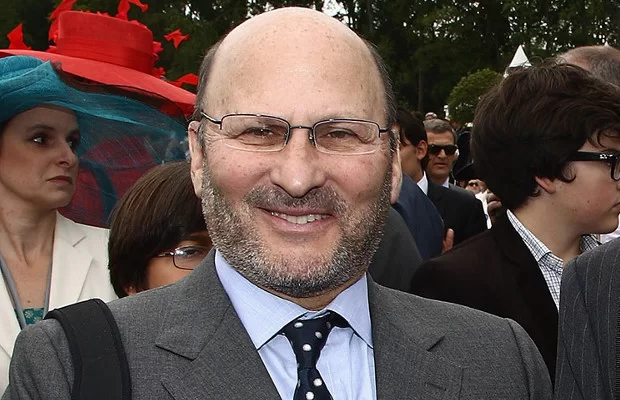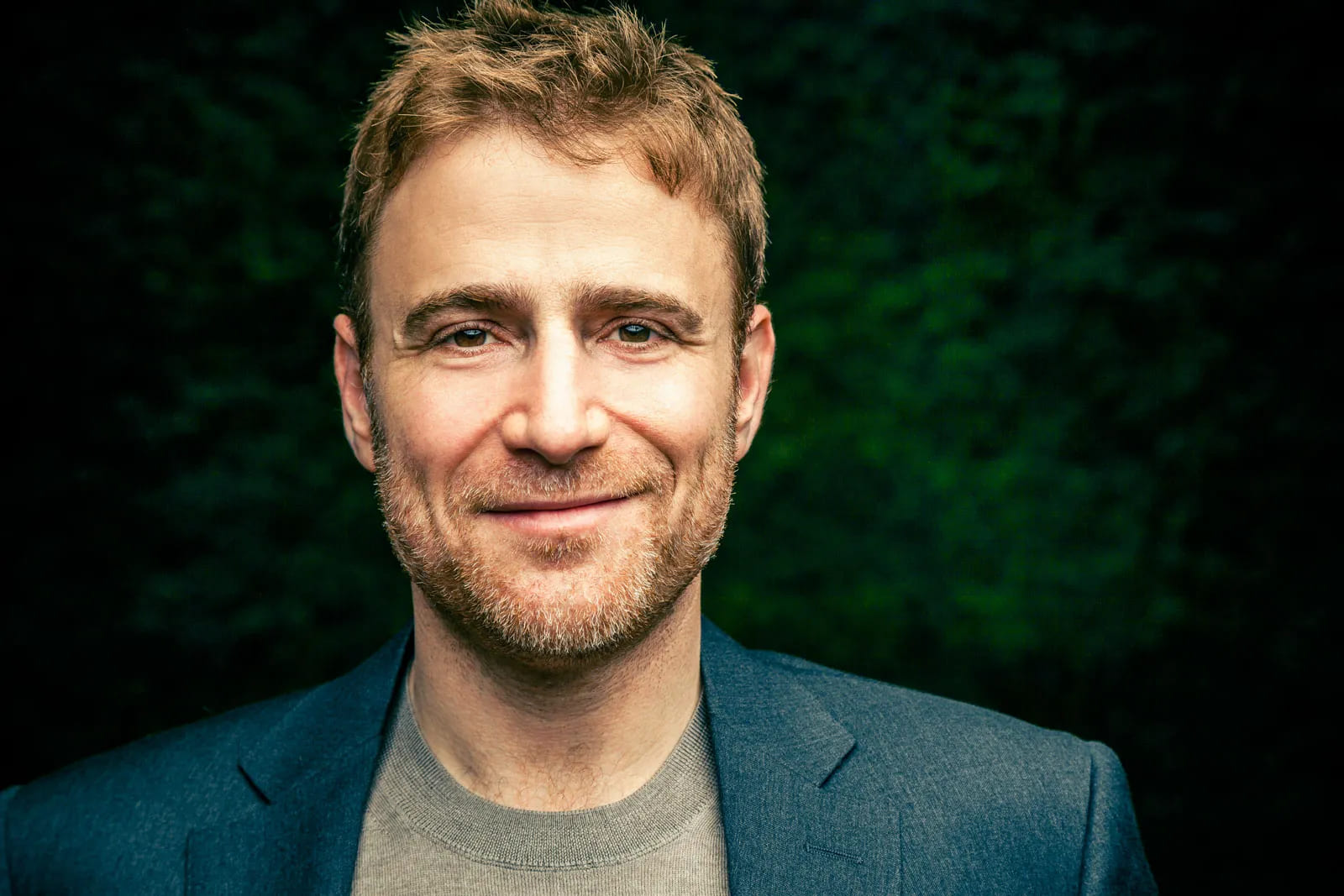Alain Wertheimer: The Visionary Behind Chanel’s Global Empire
Alain Wertheimer, the Chairman of the iconic French luxury brand Chanel, is a figure often shrouded in mystery, despite his immense influence in the fashion world. A man who prefers the background over the spotlight, Alain has played a pivotal role in shaping Chanel into the global powerhouse it is today.
Early Life and Family Legacy

Image Source: vyapaarjagat.com
Born in 1948 in Paris, Alain Wertheimer is part of a family deeply rooted in the world of luxury goods. The Wertheimer family’s connection to Chanel began in the 1920s when Pierre Wertheimer, Alain’s grandfather, partnered with Coco Chanel to create the perfume division of the brand. This partnership laid the foundation for what would become one of the most successful luxury empires in history. The family’s involvement in Chanel grew over the decades, eventually leading to Alain and his brother Gérard taking control of the company.
Taking the Reins of Chanel
Alain Wertheimer, along with his brother Gérard, assumed leadership of Chanel in the 1970s. Unlike many of his contemporaries, Alain chose to stay behind the scenes, allowing the brand’s creative directors to take the public stage. This approach has been instrumental in maintaining Chanel’s allure and mystique, a key element of the brand’s success. Under Alain’s leadership, Chanel has seen tremendous growth, expanding its product lines and solidifying its position as a leader in the luxury fashion industry.
The Strategy Behind Chanel’s Success
Alain Wertheimer’s business acumen is evident in his strategic decisions for Chanel. He has maintained a clear focus on quality and exclusivity, ensuring that Chanel remains a symbol of timeless elegance. Alain has also been cautious about preserving the brand’s heritage, respecting the vision of Coco Chanel while adapting to modern trends. His decision to bring Karl Lagerfeld on board in 1983 was a game-changer for the brand, as Lagerfeld revitalized Chanel with his innovative designs, all while staying true to the essence of the brand.
A Private Life, a Public Legacy
Despite his enormous influence, Alain Wertheimer is notoriously private. He rarely gives interviews and prefers to keep his personal life out of the public eye. This discretion extends to his management style at Chanel, where he allows the brand’s products and image to speak for themselves. Yet, his impact on the fashion world is undeniable. Through his leadership, Chanel has not only survived but thrived in a competitive industry, setting standards for luxury and sophistication that few can match.
Alain Wertheimer’s legacy as the Chairman of Chanel is one of quiet strength and visionary leadership. By staying true to the brand’s core values while embracing innovation, he has ensured that Chanel remains at the pinnacle of the fashion world.










